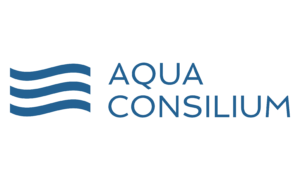The Power of Process Mapping in the Oil, Gas, and Renewable Energy Sectors
In today’s fast-paced and increasingly complex energy sectors, the need for efficiency, clarity, and continuous improvement has never been more critical. Process mapping emerges as a powerful tool, providing a visual representation of a company’s operations, identifying inefficiencies, and paving the way for streamlined workflows. This blog post delves into the essence of process mapping and its transformative impact on the oil, gas, and renewable energy industries.
Understanding Process Mapping
Process mapping is not merely a diagrammatic representation of how things are done within an organization. It’s an analytical approach that helps businesses visualize their processes from start to finish, uncovering bottlenecks, redundancy, and opportunities for optimization. By detailing every step in a process, companies in the oil, gas, and renewable sectors can pinpoint inefficiencies that, when addressed, lead to significant cost savings, enhanced safety, and improved environmental compliance.
Benefits of Process Mapping
- Increased Efficiency: Process maps identify delays, unnecessary steps, and bottlenecks, allowing organizations to streamline operations and reduce waste.
- Enhanced Quality: By standardizing processes, companies ensure consistency in their operations, leading to improved quality of output and reduced errors.
- Better Compliance: A clear understanding of processes helps organizations adhere to industry regulations and standards, avoiding costly penalties.
- Enhanced Collaboration: Process maps provide a common language for cross-functional teams, improving communication and collaboration within the organization.
- Continuous Improvement: Process mapping is not a one-time activity but a part of continuous improvement efforts, helping businesses adapt and thrive in a changing market.
Implementing Process Mapping in Energy Sectors
The oil, gas, and renewable energy sectors face unique challenges, from regulatory compliance to environmental concerns and operational risks. Process mapping in these industries involves not just the delineation of operational steps but also the integration of safety protocols, environmental regulations, and risk management practices. It requires a deep understanding of the specific processes, technologies, and equipment used in these sectors.
For instance, in the construction of an offshore wind farm, process mapping can help outline the steps involved in site selection, environmental impact assessments, turbine installation, and grid connection. Similarly, in oil and gas operations, process maps can clarify the stages of exploration, drilling, production, and decommissioning, incorporating essential safety and environmental protection measures at each step.
Conclusion
Process mapping is a critical tool for the oil, gas, and renewable energy sectors, offering a roadmap to operational excellence. It not only enhances efficiency and compliance but also fosters a culture of continuous improvement and innovation. By embracing process mapping, companies in these sectors can navigate the complexities of their operations, meet the evolving demands of the market, and achieve sustainable growth. As the energy industry continues to evolve, the ability to clearly understand and optimize processes will be paramount in driving success.
